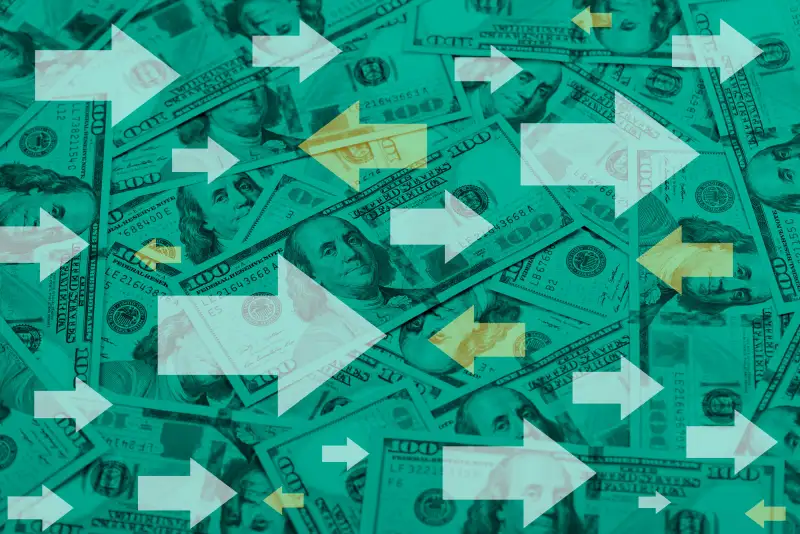The Most Important Thing You Need to Do Before You Retire, According to Financial Advisors

It's the biggest worry for people approaching retirement, financial advisors say: "Will I have enough? Where’s my cash flow coming from?” But if you actually map out your spending ahead of time, you'll know the answer (at least for the short term), and you'll enjoy greater peace of mind when you stop working.
At a minimum, it's important to figure out your first three to five years of cash flow — the money you will use as everyday income — before you actually leave the workforce. Budgeting for your anticipated annual spending will help you begin retirement with more a disciplined mindset, financial advisors say, and more importantly, it will also help you resist the urge to pull your money out of the market if stocks start to slide — a rookie mistake that financial advisors say tempts many during the kinds of markets conditions we've seen of late.
While stocks have rallied since late December, many investors still feel queasy from the market volatility of the past year and worry this historic bull market is on borrowed time. But the dizzying ups and downs of the market won't affect you for years if you've adequately planned ahead.
“If you have money sitting in an account that’s FDIC or government backed, you know it’s going to be there,” says John M. Scherer, a certified financial planner and founder of Trinity Financial Planning in the Madison, Wis. area.
Even if you’re worried about your portfolio long-term, you still have the security of knowing you’ll be ok for the next four, five or six years no matter what happens to the Dow.
Scherer recommends allocating that money in a combination of different accounts, ranging from certificates of deposit to Treasury bonds. While the Federal Reserve held interest rates steady last Wednesday, suspending previous plans to continue raising them, rate increases made last year have already resulted in many banks offering competitive interest rates on CD’s and high-yield savings accounts right now.
"In a perfect world we have three years of spending in a taxable account, with year one spending just in a money market account," Scherer says. "Then years two and three in CD’s or Treasury Bills or bonds." These recommendations hold true regardless of the market environment and whatever interest rates are doing at the time, Scherer says.
Replenishing those buckets as you progress through retirement can be done a few different ways. In addition to building out your Treasury bond holdings for 7 to 10 years, you should look at your stock portfolio.
If the stock market is up, Scherer explains, you can sell some appreciated stock to fund living expenses and use the maturing Treasury to buy a new Treasury to push the ladder out to year 11. But if the stock market is down, you don't want to be forced to sell stocks in a down market, so you can use the maturing Treasury to fund living expenses and then wait until the market recovers to replenish your spending bucket. "It’s really a rolling target," Scherer says.
"While we like to get the best returns we can, the priority is return of money, not on money, for this cash-flow planning," he says. "Knowing that your CD or Treasury will mature in your third year of retirement guaranteed provides a lot of peace of mind."
Scherer acknowledges that most people don't like making, or sticking to, a retirement budget, but says it pays off to map out your budget and cash allocation ahead of retirement. As you're doing that, you should also take the opportunity to build up a “war chest” of money in your final years of work, Scherer tells Money. If you have children, you may be done paying their college tuition by then, and if you're fortunate enough not to have had any career setbacks then you're probably at your highest earning potential. Savers ages 50 and over are eligible to make an additional $1,000 annual "catch-up" contribution to their IRAs and an additional $6,000 to their 401(k)s. This turbo-charged savings will give you an extra cushion once you've stopped working.